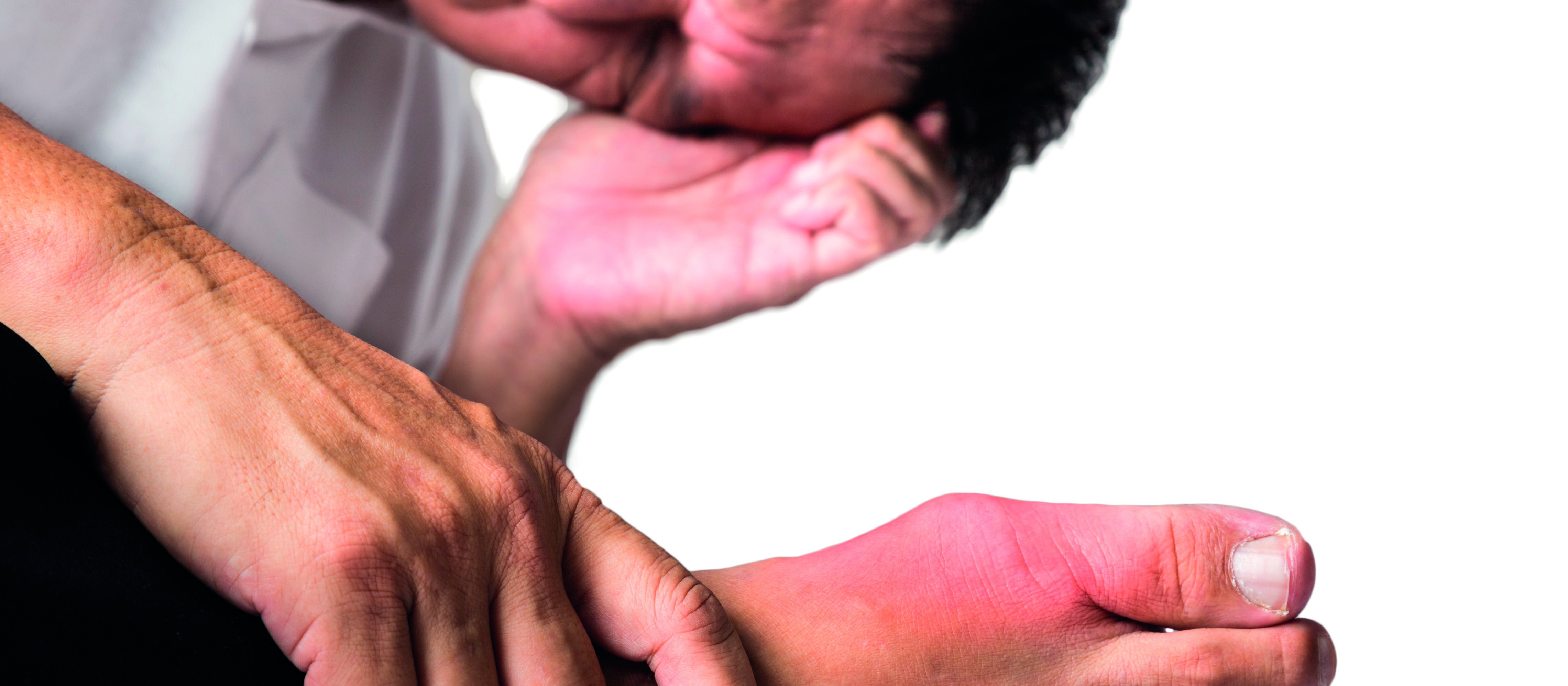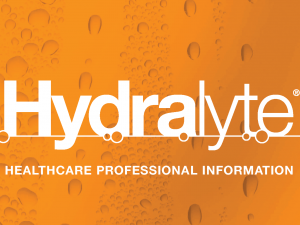Academic pharmacist Nataly Martini provides key information on Helicobacter pylori pathophysiology, diagnosis and evidence-based treatment strategies to enhance patient outcomes
Gout patients EPiCally under-treated, new data shows
Gout patients EPiCally under-treated, new data shows

“You’re giving medicine that’s inherently got a risk…but you’re actually not giving it at a dose where it’s having a therapeutic benefit”
People living with gout are often under-treated or inadequately treated, leaving them suffering from regular flare-ups or quitting treatment altogether, new data shows.
Key findings in the latest He Ako Hiringa EPiC dashboard data includes identifying two types of common undertreatment for those with gout – those who are not getting any treatment and individuals who are receiving treatment but not at a dose high enough to bring their serum urate levels under long-term control.
Fewer than half of people with gout (45.4 per cent) are on regular urate-lowering therapy, the EPiC data for the year to 31 December 2023 shows. And among those receiving treatment, the vast majority are not on doses high enough to adequately manage the condition.
Most patients (more than 97 per cent across all ethnic groups) were dispensed 300mg or less of allopurinol for a daily dose, despite studies showing the average daily dose needed is about 400mg, the dashboard shows.
Noni Richards, EPiC developer, researcher and pharmacist, says the dosage should start low and titrate up to the 400mg level, but many individuals do not reach that amount.
“The issue with that is obviously they still have gout flares, but also you’re giving medicine that’s inherently got a risk, like any medicine, but you’re actually not giving it at a dose where it’s having a therapeutic benefit as well,” Dr Richards tells New Zealand Doctor Rata Aotearoa.
Barriers to accessing regular blood tests and GP appointments are likely the reason many people never reach the recommended dosage, she says. “Once you reach the dose it’s fine, but just getting people to stay connected to the health service and get the monthly blood tests…can be kind of tricky.”
But there may also be other factors like common beliefs around dosing alongside renal conditions; for example, patients on allopurinol who present with kidney disease are often recommended to lower their daily allopurinol intake, but this is “frowned upon” now, Dr Richards says.
“It takes a real team approach, I think, to get people titrated to the right dose,” she says.
The data also identified an under-prescribing of anti-inflammatory medication in the first six months of urate-lowering therapy to counteract flare prophylaxis.
Upwards of 60 per cent of Asian (64.7 per cent) and European/Other (66.6 per cent) patients started on allopurinol were not prescribed an anti-flare medication like colchicine, prednisone or NSAIDs in the 12 months to 31 December 2023, the dashboard found. The percentage was lower for Māori (44.7 per cent) and Pacific (31.7 per cent) patients.
“If you don’t get that flare coverage, you’re probably more likely to stop because you’re starting on this medicine that’s supposed to prevent flares, and then you get lots of flares, particularly in the first six months,” Dr Richards says.
“All the guidelines suggest you provide this cover, so it becomes [a patient’s] routine medicine, rather than sort of getting a flare and thinking, ‘Oh, this doesn’t work’, and stopping it.”
The treatment for gout is slightly more complicated than other medicine regimes, Dr Richards says. But the condition “is one of those things you feel like, ‘Jeepers, we just don’t really do a good job of it.’
“It’s such a debilitating condition, and obviously, it’s much more common in Māori and Pacific peoples, and so it can really affect their quality of life.”
She acknowledged the health system was “groaning”, and it was increasingly difficult for people to access treatment, especially for things like blood tests, but she says gout has always been poorly managed.
“It’s actually a condition that responds really well to this treatment and it [allopurinol] is cheap and effective,” she says. “It’s just getting it right is kind of the slightly more complicated part of it.”
Māori and Pacific peoples are overrepresented in gout statistics – 20 per cent of those with gout nationwide are Māori and 14 per cent Pacific, despite making up 17 per cent and 8 per cent of the population respectively.
Men are more likely to suffer from gout than women (76 per cent of gout patients, compared with 24 per cent).
Less than half (45.4 per cent) of patients with gout were dispensed enough urate-lowering therapy medication in the 12 months to 31 December.
Most gout patients live in quintile 5 areas (35 per cent), compared with 11.7 per cent living in quintile 1.
Less than half of patients across all ethnic groups received regular dispensing of urate-lowering therapy medications in the past year. While more than 30 per cent, across all ethnic groups, were not dispensed any ULT medications.
Māori and Pacific peoples are significantly more likely than European/Other people to be hospitalised with serious complications after being dispensed NSAIDs.
Declaration of interest: The Health Media, publishers of New Zealand Doctor Rata Aotearoa and Pharmacy Today Kaitiaki Rongoā o te Wā, is a 50 per cent shareholder in Matui Ltd, publisher of He Ako Hiringa





